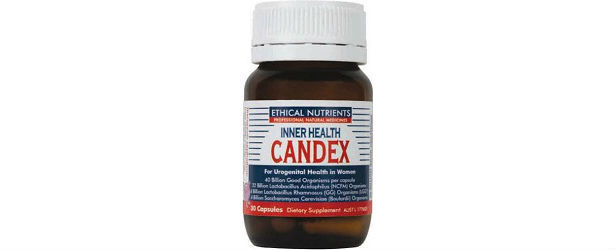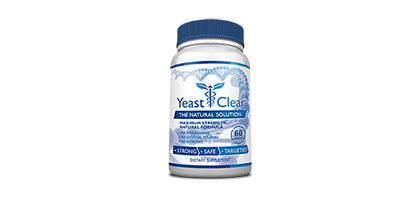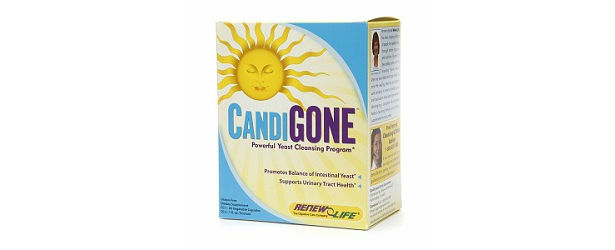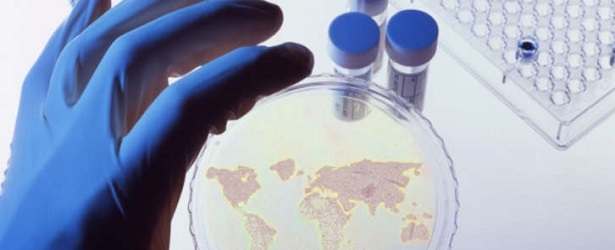What causes Yeast Overgrowth?
There are many triggers for yeast to multiply uncontrollably but the most common causes include:
- Elevated pH level in the body
- Clothing that traps the natural body heat causing increased moisture
- Side effects of antibiotic intake (especially third generation antibiotics)
- Increased glucose levels in the blood
- Hormonal imbalances due to menopause and/or puberty

On the other hand, other factors may trigger yeast overgrowth such as: a weakened immune system from underlying health conditions or diseases including diabetes, cancer, and AIDS, caused by the human immunodeficiency virus (HIV). This is why it is important to receive the right diagnosis of the yeast infection, especially if it reoccurs more often than usual.
Also, many medications can also trigger the overgrowth of yeast in the body, especially antibiotics. While these types of medications kill the viruses and bacteria that cause particular ailments, they also may eliminate good bacteria in the body as well, thus, affecting the efficiency of the immune system.
For example, a simple tooth extraction requiring the patient to take antibiotics after the procedure, leads to the elimination of at least 90% of both good and bad bacteria. This will most probably cause yeast to multiply uncontrollably.
Clothing can also trigger yeast overgrowth. The wearing of tight clothing increases moisture on the skin. This combines with the warmth of the body to make it a perfect environment for yeast to multiply. Wearing silk and clothes not cotton based will also increase the temperature and moisture. With infants, diapers not engineered for comfort trap warmth and moisture. Frequent urination of the infants also triggers skin infection, especially yeast overgrowth originating from the dried up acid in the urine.
Mistakenly Cleansing Good Bacteria Away
 The same bacteria that causes body odor, particularly in the armpit are the types of bacteria that fight off yeast as well. While it is good to keep the body odorless as part of good personal hygiene, too much cleanliness can also cause harm to the body. Using antiperspirant or deodorants along with acidic soap to cleanse the body, clears the skin surface of helpful bacteria, creating an opportunity for yeast to multiply even faster. The same warning goes for the genital and rectal area. While soaking in a warm, foamy or soapy bath is relaxing after a long day of work, doing this constantly removes away bacteria needed to fight simple infestation on the skin’s surface.
The same bacteria that causes body odor, particularly in the armpit are the types of bacteria that fight off yeast as well. While it is good to keep the body odorless as part of good personal hygiene, too much cleanliness can also cause harm to the body. Using antiperspirant or deodorants along with acidic soap to cleanse the body, clears the skin surface of helpful bacteria, creating an opportunity for yeast to multiply even faster. The same warning goes for the genital and rectal area. While soaking in a warm, foamy or soapy bath is relaxing after a long day of work, doing this constantly removes away bacteria needed to fight simple infestation on the skin’s surface.
For years, we have been using regular or scented toilet paper to wipe the genitals and rectal area but these, too, can cause the elimination of good bacteria and welcome yeast, giving them the perfect opportunity to grow uncontrollably.
Be conscious, when cleaning the clothes or the fabrics you use daily because even the cleansing agents may trigger yeast infection or overgrowth. Chemicals in these cleansing agents may remain in the fabric even after rinsing them several times, and the natural heat of the sun can preserve them. This especially applies to fabric cleansers that are scented.
You are what you Eat: How your Diet affects Yeast Overgrowth
Based on clinical research, yeast grows faster in an environment rich in sugar. Yeast infection has been observed to be common for those suffering from diabetes or for those people who have a high level of glucose in the blood. Certain special diets fight yeast overgrowth. Doctors and nutritionists have worked hand in hand to develop several diet programs, besides those that already exist, in order to fight yeast infection in a natural way.
Most of these diets have less sugar and carbohydrates in them, and the daily carbohydrate requirements of the body come from organic or fresh vegetables and grains. These diet programs are also formulated to strengthen the body’s immune system, which often is the reason why the yeast grows faster.
How is Yeast Infection Transmitted?
Although yeast overgrowth is not considered a sexually transmitted disease it can be simply transmitted through skin contact, which usually happens at intimate moments. The spread of yeast infection or candidiasis can be stopped by using condoms or refraining from having sexual intercourse with the partner until the infection has been resolved or eliminated.
It can also be transmitted by sharing clothes, towels, and bed sheets, especially if they are not washed properly.

 Subscribe Now
Subscribe Now













